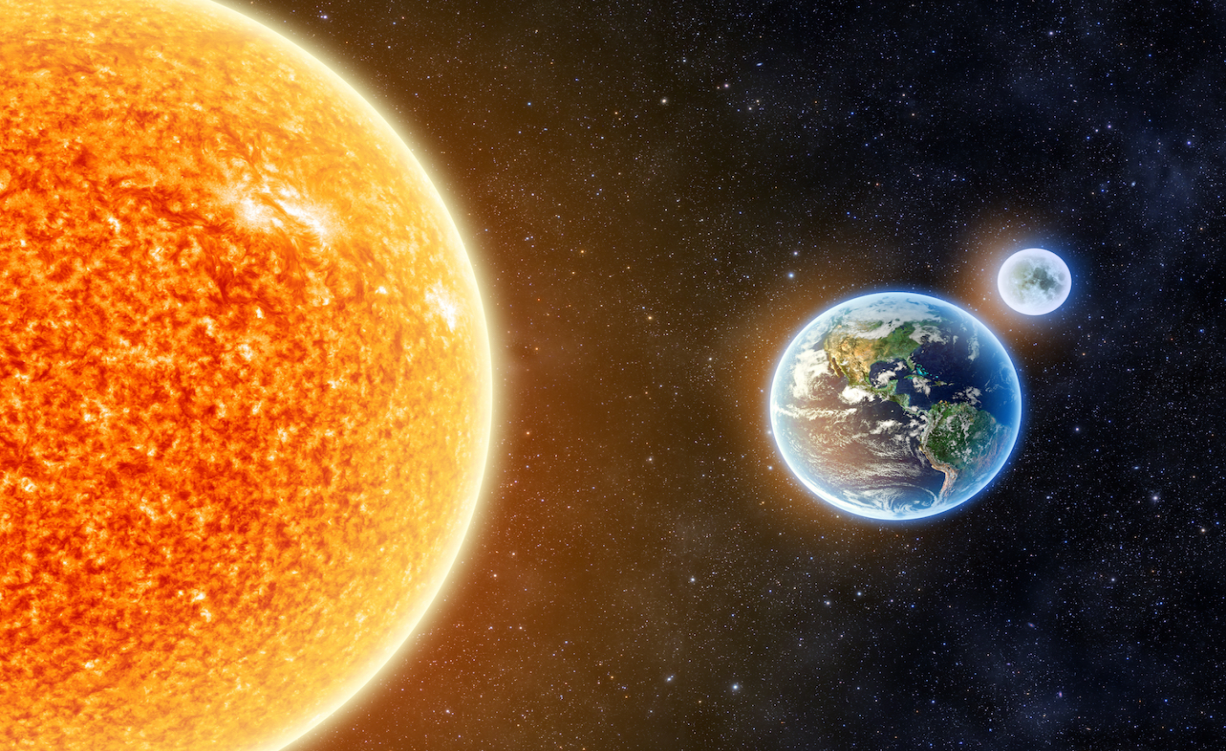Free Courses Sale ends Soon, Get It Now


Free Courses Sale ends Soon, Get It Now



Copyright infringement not intended
Picture Courtesy: https://www.earth.com/news/solar-geoengineering-climate-change/
Context: The Sun influences Earth's climate, but its brightness varies in an 11-year cycle, contributing to a minor warming of 0.1°C since the 1800s.
KeyHighlights
Sun’s Impact on Climate Change
Solar Radiation
Solar Variability and Cycles
Solar Irradiance
Sunspot Activity and Climate Correlations
Greenhouse Gas Effect
Anthropogenic Climate Change
Global Warming Evidence
Mitigation and Adaptation Strategies
Conclusion
|
PRACTICE QUESTION Q. Developed nations are historically responsible for the majority of greenhouse gas emissions, yet developing nations often face the brunt of climate impacts. How to ensure a just and equitable global response to climate change that addresses historical responsibility and prioritizes the needs of the most vulnerable populations? |
© 2024 iasgyan. All right reserved